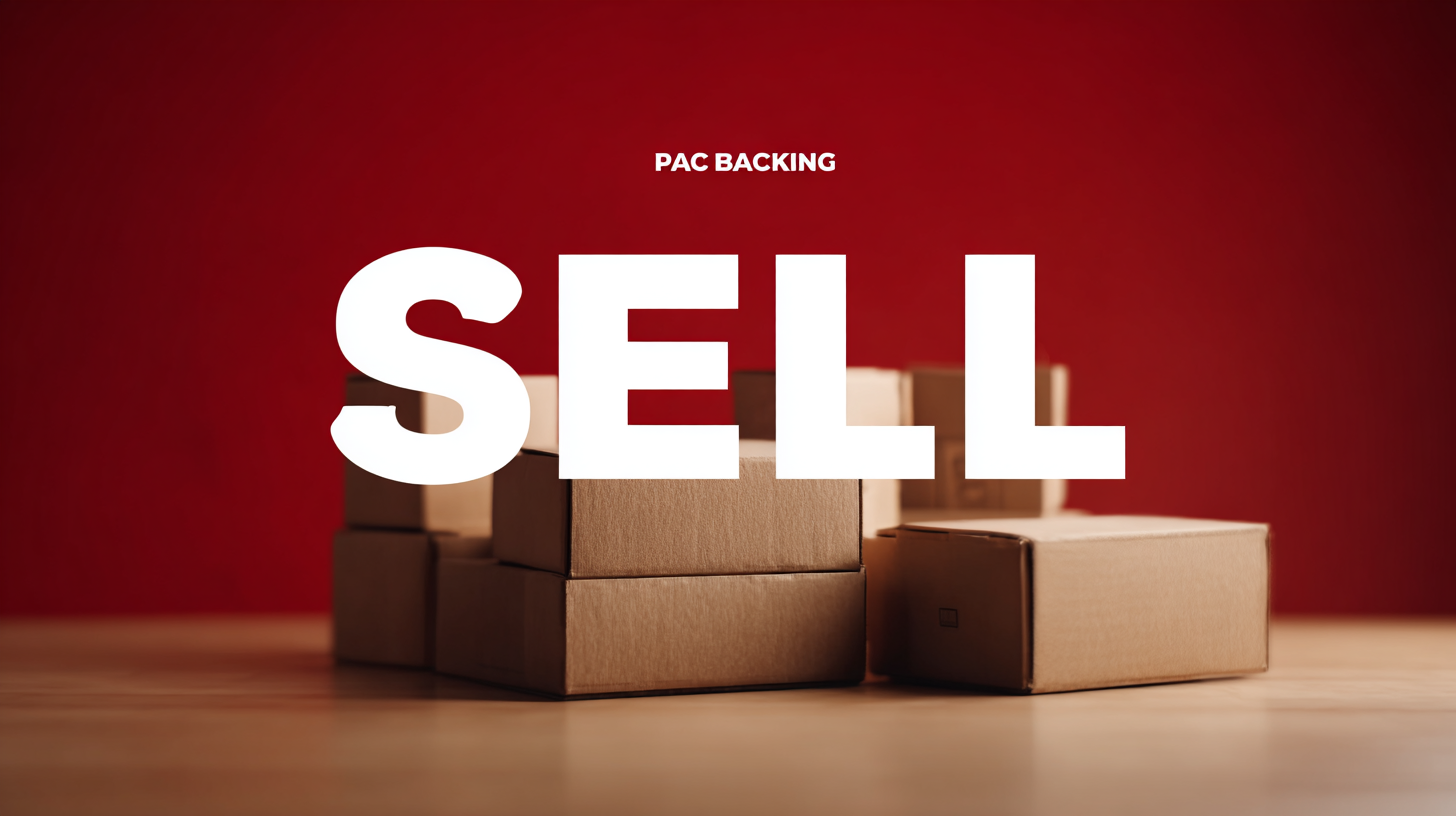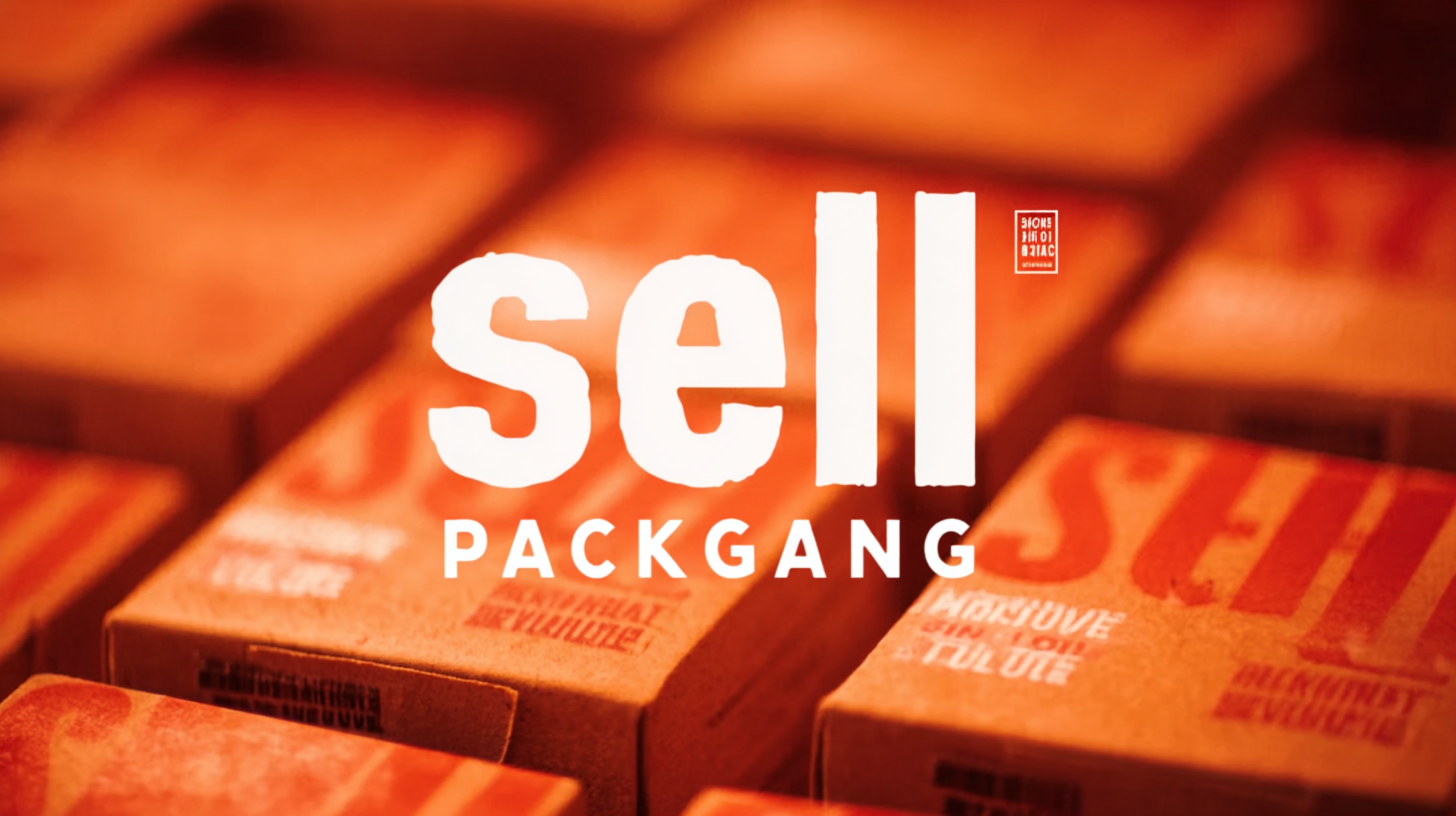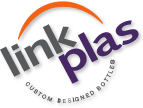Ultimate Guide to Choosing the Best Sell Packaging Solutions for Your Global Supply Chain
In today’s fast-paced global supply chain environment, effective sell packaging solutions play a crucial role in product presentation, protection, and logistics efficiency. According to a 2022 report by Smithers Pira, the global market for packaging is projected to reach $1 trillion by 2024, with a significant shift towards sustainable and innovative packaging practices. As companies strive to meet consumer demands and environmental regulations, selecting the right sell packaging has become imperative. Not only does appropriate packaging enhance brand visibility and consumer experience, but it also contributes to supply chain optimization by reducing waste and shipping costs.

In this ultimate guide, we delve into the key factors and strategies for choosing the best sell packaging solutions that align with your business objectives and market trends, ensuring you remain competitive in an ever-evolving landscape.
The Importance of Packaging Solutions in a Global Supply Chain
In today's global supply chain, the importance of effective packaging solutions cannot be overstated. As consumer sentiment pivots towards sustainability, companies are compelled to rethink their packaging approaches. Innovative materials, such as all-paper options, are emerging as sustainable alternatives that align with both consumer preferences and regulatory pressures. By prioritizing eco-friendly packaging, businesses not only meet market demands but also reduce their environmental footprint, thus enhancing their brand reputation.
**Tip:** Evaluate your packaging materials carefully. Opt for sustainable options that comply with both safety standards and environmental guidelines. This not only contributes to a healthier planet but can also lead to cost savings in the long run.
In addition to sustainability, packaging plays a critical role in ensuring the integrity of products throughout the supply chain, especially in sectors like pharmaceuticals. Proper packaging ensures that products maintain their quality and efficacy during transit, crucial for consumer trust and regulatory compliance.
**Tip:** Implement robust packaging solutions that enhance protection and optimize space utilization in your supply chain. This practice can lead to improved efficiency and reduced transportation costs while safeguarding your products.

Key Features to Consider in Effective Sell Packaging Solutions
When selecting effective sell packaging solutions for your global supply chain, several key features must be taken into account to ensure both functionality and efficiency. First, consider the material. It should be durable enough to withstand various environmental factors during transportation, such as temperature fluctuations, humidity, and physical stress. Sustainable materials are increasingly important as consumers and businesses focus more on eco-friendliness. Using recyclable or biodegradable materials not only enhances your brand's image but also meets regulatory demands.
Another crucial feature is versatility in design. Your packaging should be adaptable to different product shapes and sizes, allowing for streamlined packing processes and minimized waste. Look for solutions that can be customized without compromising the integrity of the product inside. Additionally, incorporating user-friendly elements such as tamper-evidence and easy-open features can improve the consumer experience. Effective sell packaging should not only protect the product but also enhance its appeal at the point of sale, making design aesthetics an essential consideration when choosing your packaging solutions.
How to Assess the Quality of Packaging Manufacturers in China
When assessing the quality of packaging manufacturers in China, it is vital to understand their capabilities in sustainability and innovation. With China's rapid rise as a leader in advanced industries, it's essential to evaluate how manufacturers are adapting to trends like circular supply chains. These systems are crucial for reducing plastic waste and improving the environmental footprint of global supply chains. By collaborating with manufacturers who prioritize sustainable materials and practices, companies can minimize ecological impacts and enhance their brand image.

One effective approach is to examine the manufacturer's compliance with various safety and environmental regulations. For instance, adherence to safety standards not only ensures product integrity but also reflects a commitment to social responsibility. Companies should inquire about the manufacturer's efforts to reduce waste and carbon emissions, such as adopting lightweight materials or innovative packaging solutions that are both functional and environmentally friendly. In doing so, businesses not only secure reliable packaging solutions but also contribute to a broader circular economy, promoting sustainability on a global scale.
Innovative Packaging Technologies Transforming Global Shipping
In an era where global shipping demands efficiency and sustainability, innovative packaging technologies are playing a crucial role in transforming supply chains worldwide. From biodegradable materials to smart packaging solutions, businesses are increasingly leveraging these advancements to optimize their logistics. The rise of eco-friendly packaging options not only enhances brand image but also meets the growing consumer demand for sustainability. Companies are now able to minimize waste and reduce their carbon footprint while ensuring their products are protected during transit.
Moreover, the integration of technology such as IoT-enabled packaging has revolutionized how shipments are monitored and managed. By embedding sensors that track temperature, humidity, and location, businesses gain real-time insights into the conditions of their products during shipping. This capability not only improves inventory management but also helps in mitigating risks associated with spoilage or damage. As global supply chains continue to evolve, embracing these innovative packaging technologies will be essential for maintaining competitiveness and ensuring customer satisfaction.
Sustainability in Packaging: Selecting Eco-Friendly Options for Your Business
In recent years, sustainability in packaging has emerged as a pivotal consideration for businesses aiming to optimize their global supply chains. According to a report by Smithers Pira, the market for sustainable packaging solutions is projected to reach $500 billion by 2024, indicating a significant shift in consumer preferences towards eco-friendly options. Companies today must prioritize environmentally responsible choices to not only enhance their brand image but also meet regulatory requirements and customer expectations.
Selecting eco-friendly packaging materials involves assessing options such as biodegradable plastics, recycled paper, and compostable materials. Research from the Sustainable Packaging Coalition highlights that 67% of consumers are willing to pay more for products packaged sustainably, reflecting a growing consciousness about environmental impact. By adopting these solutions, businesses not only contribute to the reduction of plastic waste but can also create a competitive edge in the marketplace, ensuring alignment with the sustainability goals of a conscious consumer base.
Additionally, the integration of sustainable practices can lead to cost savings in the long run. A study conducted by the Ellen MacArthur Foundation illustrates that moving towards a circular economy can unlock up to $1 trillion in economic benefits globally, showcasing how sustainable packaging is not just an ethical decision but also a financially savvy strategy for business growth.
Eco-Friendly Packaging Solutions Comparison
CONTACT US
|
